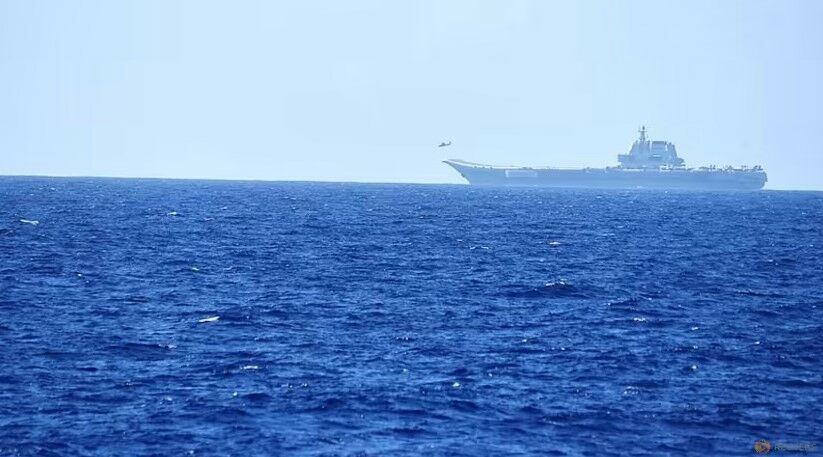China’s aircraft carriers: A threat or propaganda showpiece?

While China’s recent military drills with its Shandong aircraft carrier showcased its modernizing forces, experts believe it could take over a decade for China to pose a credible carrier threat far from its shores. Military attaches and defence analysts question the value of China’s carriers in a potential conflict with the US over Taiwan or their ability to be protected on long-range missions into the Pacific and Indian Oceans.
Presently, China’s carriers serve more as a propaganda showpiece, as they are still effectively in training mode. For instance, carrier pilots have relied on land-based airfields for takeoffs and landings, as well as for extra air cover and surveillance. In a conflict, China’s carriers would be vulnerable to missile and submarine attacks, as the People’s Liberation Army Navy has not yet perfected protective screening operations, particularly anti-submarine warfare.
While the Liaoning and Shandong carriers have sailed into the western Pacific in recent months, approaching US bases on Guam, they remained within the range of coastal Chinese airfields. Both carriers have jump ramps for takeoffs, limiting the number and range of aircraft on board. They also have yet to deploy an early warning aircraft, relying on land-based planes instead. The KJ-600, a new plane designed to perform a similar role to the E-2C/D Hawkeye launched from US carriers, is still in testing, reports Channel News Asia.
As China’s carriers gradually increase their drills, the nation is preparing for sea trials of its next-generation carrier, the 80,000-tonne Fujian, which could be operational by 2024. The Fujian is significantly larger and will launch aircraft from electromagnetic catapults. It is expected to carry new variants of the J-15 jet fighter, replacing the existing model considered underpowered by foreign analysts.
China’s carrier program reflects President Xi Jinping’s aim to make the People’s Liberation Army a “world-class” military by 2049. A key indication of China’s ambitions will be whether carriers built after the Fujian are nuclear-powered, allowing global range. However, in the short term, China’s military would struggle to defend the carrier in the western Pacific in a clash with US and allied forces.
Chinese military and government researchers seem to be aware of the challenges their carriers face. In the medium term, China is likely to start sending battlegroups into the Indian Ocean, where its presence is currently minimal. Operating far from the security of land-based airfields will test China’s capability, but preparations are being made, such as extending the pier at China’s first major offshore military base in Djibouti to accommodate a carrier.
Latest Thailand News
Follow The Thaiger on Google News:


























